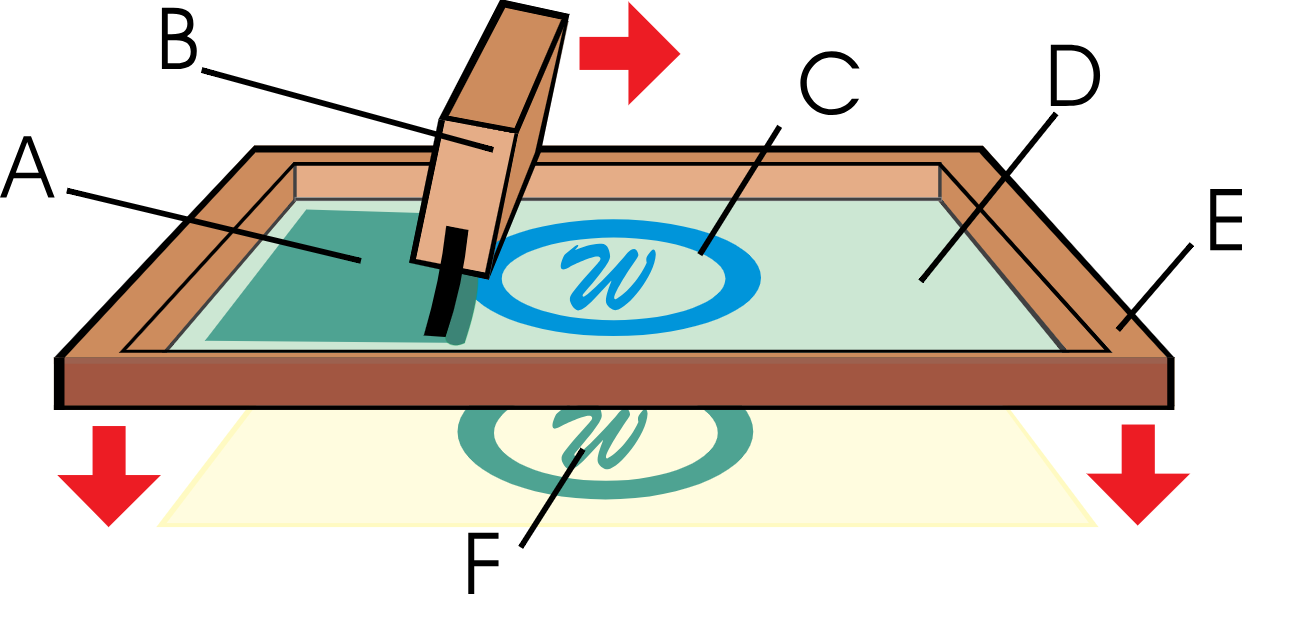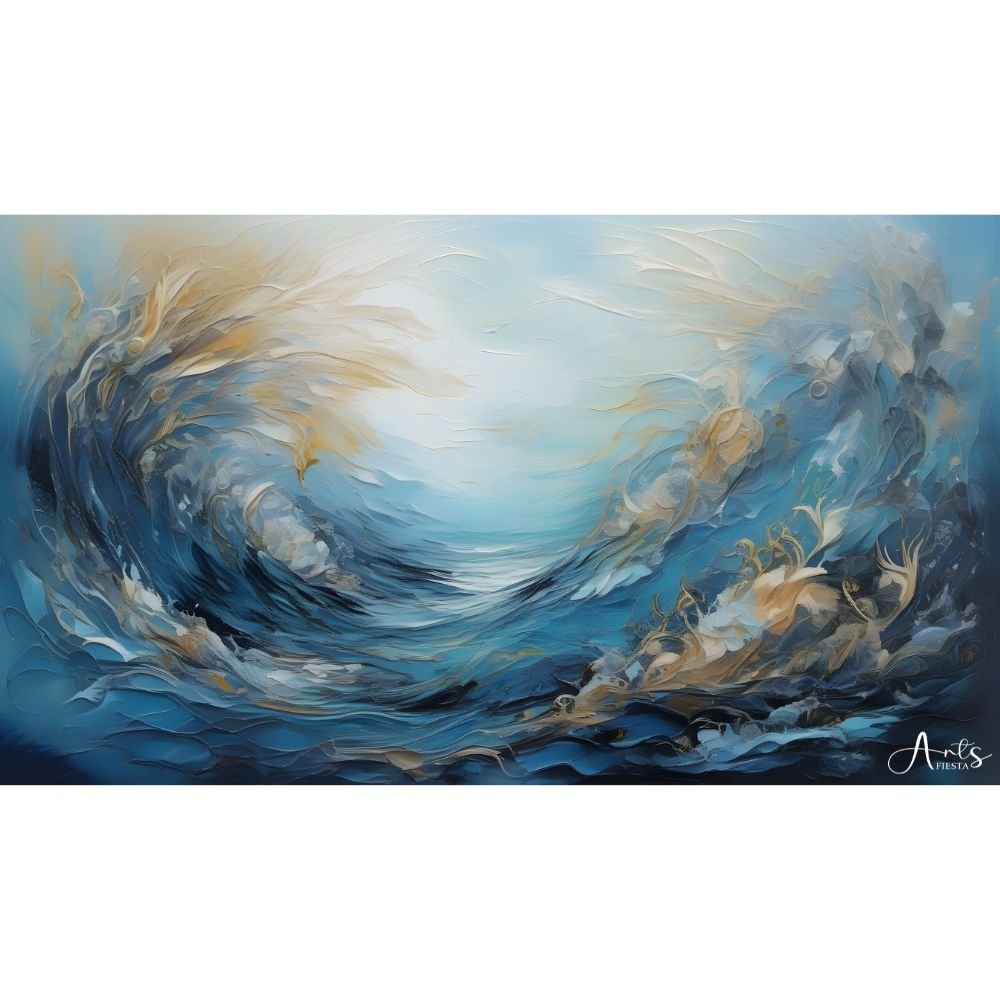Introduction to Art Prints
Art prints have become increasingly popular among art enthusiasts and collectors. But what exactly are art prints? In simple terms, art prints are reproductions of original artworks that are created using various printing techniques. These prints capture the essence and beauty of the original artwork, allowing more people to enjoy and appreciate it. Whether you are a seasoned art collector or a beginner looking to enhance your space, understanding art prints is essential. This comprehensive guide will delve into the different types of art prints, the creation process, and the key differences between original artworks and art prints.

What are Art Prints?
Art prints are high-quality reproductions of original artworks that are created using printing techniques such as lithography, giclee, or screen printing. These prints are made with meticulous attention to detail to ensure that they capture the essence and beauty of the original artwork. Art prints are an excellent way to make art accessible to a wider audience, as they are often more affordable than original artworks. They allow art enthusiasts to own and display pieces by renowned artists without breaking the bank.
Benefits of Art Prints
Art prints offer several advantages over original artworks. Firstly, they are more affordable, making them accessible to a wider range of individuals. This affordability allows art lovers to build a collection of their favorite pieces without straining their budget. Moreover, art prints come in a wide range of sizes, allowing you to select the ideal dimensions to fit your space. This flexibility ensures that you can find the perfect print for any room in your home.
Furthermore, the ease of reproduction with art prints means that you can effortlessly replace or acquire more copies of your favorite prints as needed. This convenience makes it simple to refresh your space or share your beloved artwork with others.
Original Artworks vs Art Prints
While art prints offer affordability and accessibility, original artworks hold a unique appeal. Original artworks are one-of-a-kind pieces created by the artist’s own hand. Each brushstroke and detail is unique to that specific piece, making it highly valuable and sought after by collectors. Original artworks carry the artist’s signature and authenticity, adding to their appeal and value. However, the high price tag associated with original artworks can be a barrier for many art enthusiasts.

Different Types of Art Prints
Art prints come in various types, each with its own unique characteristics and printing techniques. Some of the most common types of art prints include:
1. Lithographs
Lithography is a traditional printing technique that involves creating an image on a flat surface using oil-based inks. Lithographs transfer an image onto paper or a similar material with their high level of detail and vibrant colors.
2. Giclee Prints
High-quality inkjet printers create Giclee prints, also known as archival pigment prints. These printers use a combination of archival inks and acid-free paper to produce prints that are fade-resistant and long-lasting. Giclee prints are known for their exceptional color accuracy and detail.
3. Screen Prints
Screen printing is a technique that involves using a mesh screen to transfer ink onto paper or fabric.
We apply each color individually, resulting in vibrant and layered prints. Screen printing is often used to create limited edition prints due to the labor-intensive nature of the process.
A. Ink. B. Squeegee. C. Image. D. Photo-emulsion. E. Screen. F. Printed image

By Copyright © Harry Wad – own work, Harry Wad, CC BY 2.5, https://commons.wikimedia.org/w/index.php?curid=2215242
Creation Process of Art Prints
Creating art prints involves several steps to ensure that the final result captures the essence and beauty of the original artwork. The process typically includes:
- Image Scanning: The original artwork is scanned using high-resolution equipment to create a digital file.
- Color Correction: The digital file is carefully adjusted to match the colors and details of the original artwork.
- Proofing: A test print is created to ensure that the colors and details are accurately reproduced.
- Printing: Once the proofing process is complete, the final prints are produced using the chosen printing technique.
- Quality Control: Each print is carefully inspected for any defects or imperfections.
- Editioning: If the prints are part of a limited edition, they are numbered and signed by the artist.
Choosing the Right Art Print for Your Space
When selecting an art print for your space, it is important to think about the style and theme you want to convey.
We apply each color individually to create vibrant and layered prints.
In its labor-intensive nature, screen printing is used to create limited edition prints.
Additionally, considering the size of the print is crucial as it can greatly impact the overall look and feel of the room. A large print can serve as a striking focal point, while a smaller print can complement other pieces in a gallery wall arrangement.
Lastly, choosing a printing technique that resonates with your preferences is key to ensuring that the art print aligns with your aesthetic vision. Whether you appreciate the intricate detail of lithographs or the bold colors of screen prints, selecting a printing technique that speaks to you will enhance your enjoyment of the artwork in your space.

Wave Dance – Abstract Art Print
Caring for Art Prints
Proper care and maintenance are essential to preserve the beauty and longevity of your art prints. Here are some tips to keep your art prints in pristine condition:
- Display in a Suitable Environment: Avoid placing art prints in direct sunlight or areas with high humidity, as this can cause fading and damage.
- Frame with UV-Protected Glass: Additionally, when framing your art prints, it is advisable to use UV-protected glass to minimize exposure to harmful UV rays.
- Handle with Care: Additionally, when handling your art prints, ensure that your hands are clean and dry to avoid smudges or stains
- Avoid Touching the Surface: Try to handle art prints by their edges or wear gloves to prevent fingerprints or damage to the surface.
- Regular Dusting: Dust your art prints regularly using a soft, dry cloth or a feather duster to remove any accumulated dust or debris.
Conclusion
Art prints offer a wonderful opportunity to own and enjoy the beauty of original artworks at a more affordable price. They allow art enthusiasts to build their own collection and add a touch of beauty and creativity to their spaces. Moreover, by understanding the different types of art prints, the creation process, and the key differences between original artworks and art prints, you can make informed choices when selecting prints for your collection. Remember to care for your art prints properly to ensure their longevity and beauty for years to come.
